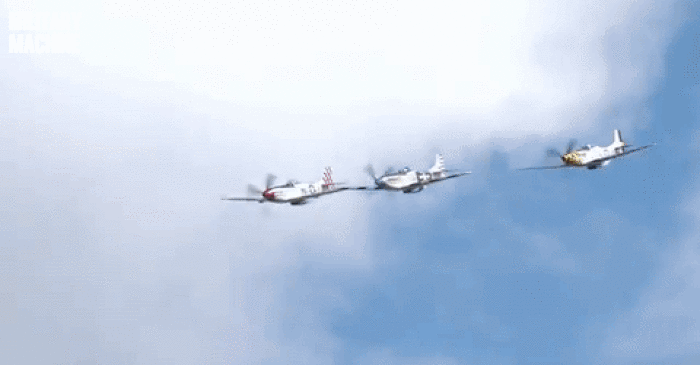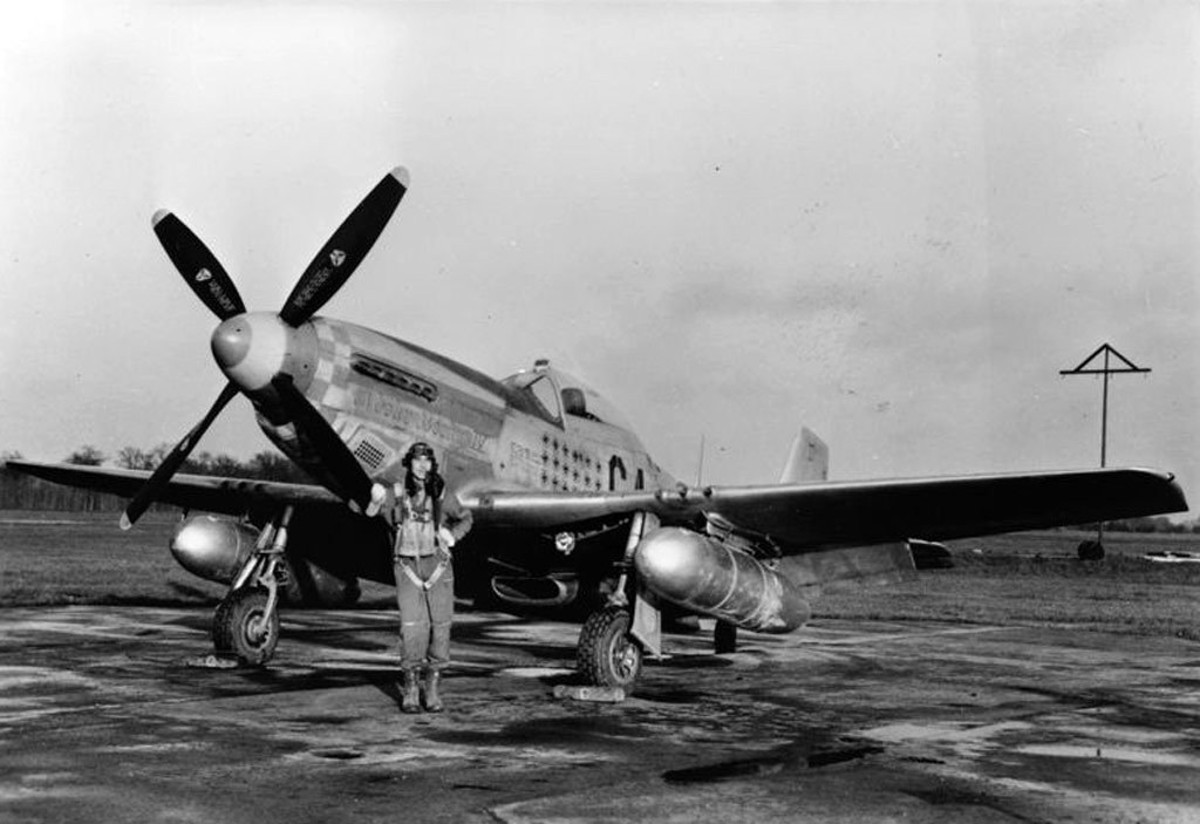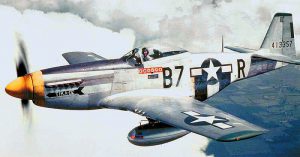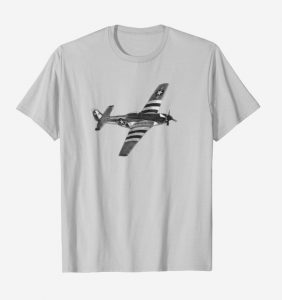North American P-51 Mustang Combat Aircraft
Few aircraft have ever had such a game-changing impact on a war as the American P-51 Mustang. This ultra-maneuverable and long-range fighter was one of the first true multi-role combat aircraft in history. Whether running high-speed, hedgerow-height strafing runs or escorting bombers on long-endurance raids, the P-51 tackled every mission it was given with unmatched performance.
Originally planned for the British as a medium-altitude “pursuit” fighter to defend against German air raids in 1940, the Mustang soon found fame in the offensive role. Particularly deep strike missions against Axis supply lines and as high-altitude escorts for long-range bombers. All the more impressive considering that it took the manufacturer, North American Aviation, just four months to design, construct and test fly the first prototype.

Fighting Back
The P-51 Mustang was the first American-built fighter to cross the Channel after the surrender of France. Mustangs engaged and conquered every Axis fighter they met in the Pacific, North African and European theaters. Even the Luftwaffe’s so-called “wonder weapons,” like the jet-powered Messerschmidt 262, were no match for the P-51 and their experienced crews. All totaled, Allied Mustangs racked up 4,950 confirmed kills of enemy aircraft during World War II alone. Plus another 4,131 destroyed on the ground. Mustang losses amounted to 2,520 aircraft, including combat and accident losses.
The P-51D
While there were more than a dozen variants produced during and after World War 2, the P-51D is the most famous. The introduction of the P-51D model came in early 1944. This variant included a much more powerful engine, increased firepower, better pilot visibility and droppable external fuel tanks. In it, the Mustang cemented its reputation as the most lethal fighter plane in the world.

P-51 Mustang Air Superiority
Most importantly, this new model and its unmatched range allowed the Allies to gain air superiority over all of Nazi occupied territory. The P-51D was the first fighter to raid Berlin and the only one to escort B-17 bombers against the Ploesti oil fields in Romania. Or as Luftwaffe commander Hermann Göring said after the war, “When I saw Mustangs over Berlin, I knew the game was over.”

Still, believing the P-51 Mustang wasn’t living up to its full potential, in late 1944 the Air Force also decided to “turn the Mustangs loose” and stop escorting bombers. For the next few months, thousands of P-51’s focused on massive, all-fighter sweeps of German territory with the sole goal of exterminating the remnants of the Luftwaffe.
The Surge

In the first week of this Pointblank operation, the Luftwaffe lost 17% of its total remaining pilots and soon ceded complete air superiority to the Allies. Which freed up the Mustangs to roam Western Europe and strafe or bomb any German army troops they came across with impunity. Even six years after the war ended and most Mustangs were replaced by jet fighters, hundreds of these old veterans were taken out of mothball storage at the start of the Korean War.
While technically obsolete, the P-51’s and their hastily recalled crews were rushed to the Korean Peninsula just in time to save UN forces from annihilation in the “Pusan pocket.” A fitting final mission for these venerable old warhorses.
Now see more incredible images of the P-51.
See P-51 Mustang Specifications
| First Flight: (XP-51) May 20, 1941 |
| Wingspan: 37 feet |
| Wing Area: 233 square feet |
| Length: 32 feet |
| Horizontal Stabilizer: Span 13 feet |
| Height: 8 feet 8 inches |
| Power Plant: Packard V-1650 “Merlin” 1,695-hp V-12 |
| Speed: 425 mph indicated (490 mph in P-51H) |
| Landing Gear: Hydraulically operated retractable main gear and tail wheel |
| Propeller: Hamilton Standard, four-blade, hydraulic, constant speed, 11 feet 2 inches, non-feathering |
| Radar: Warning radar in tail to signal approach of other craft from rear (later models) |
| Armament: (Various models) 10 “zero rail” rockets under wings. Also six .50-caliber machine guns. In addition, bomb racks for up to 2,000 pounds of stores or extra fuel tanks under the wings |

